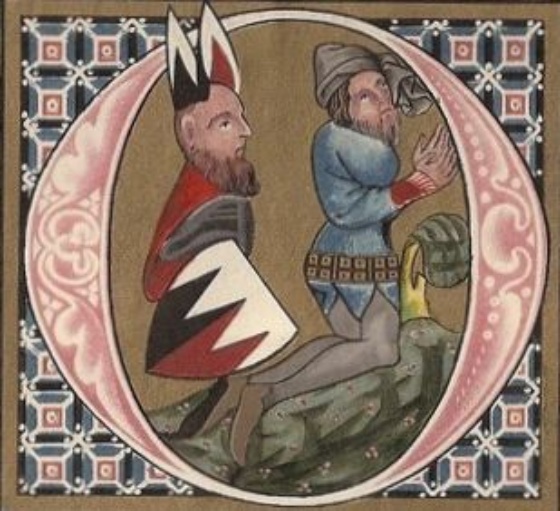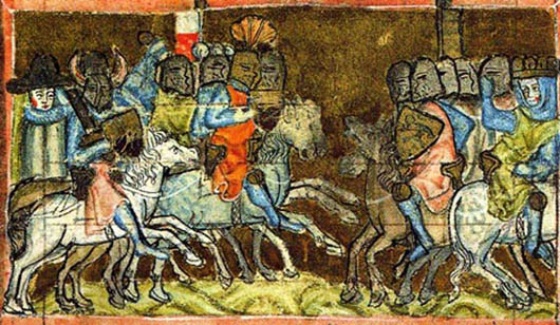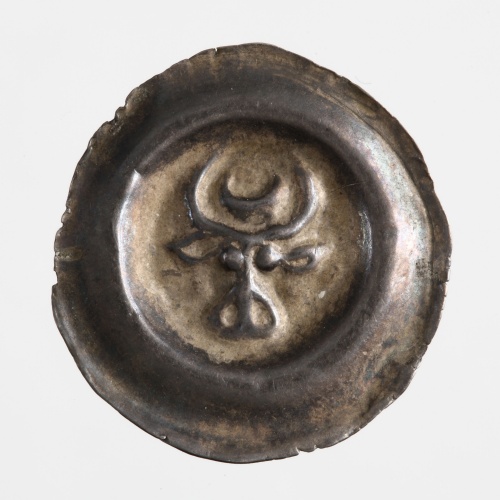Mecklenburg initially only covered one third of the later region. The land was colonised by immigrants. They came from Lower Saxony, Westphalia and Lower Rhine and Flemish regions. Lower nobility and farmers were accompanied by merchants, tradesmen, priests and monks. They formed towns and convents. Schwerin was followed by Rostock (1218) and Wismar (1229). At the top were the territorial rulers as the feudal owners of land and property. The development of comprehensive territorial lordship was destroyed by the distribution of estates. The most important supporters of this regime were local manorial lords.


